25 Amazing Facts About Honey Bees
Murphy ScottBees enjoy the glory of tireless laborers along with ants. And indeed – these insects have a lot in common, even though from a biological point of view there is nothing between them. But both created their civilization, and they are distinguished by their truly indefatigable diligence and teamwork. Besides, if it weren’t for bees, we would have no idea about such a healthy and delicious treat as honey. We have collected some interesting facts for you about honey bees.
Interesting facts about honey bees
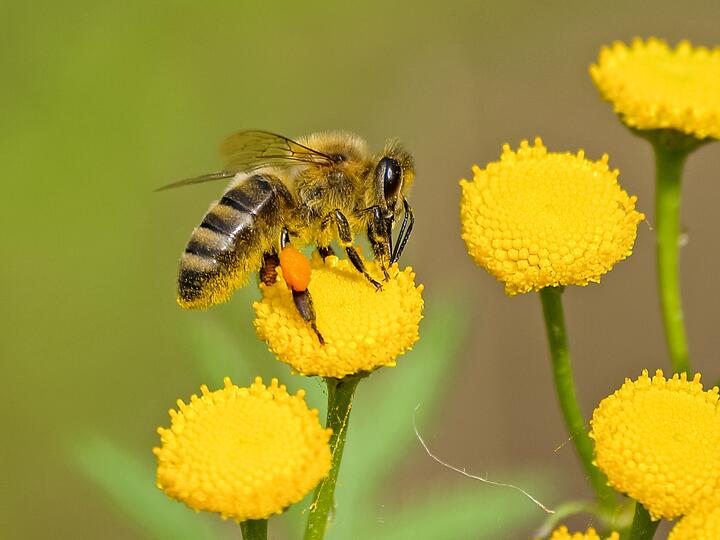 Photo by Pixabay on pexels
Photo by Pixabay on pexels1.There are about 21 thousand species of bees in the world.
2.Bees of one hive produce about 150 kg of honey per year.
3.During the whole life, one bee produces about one-twelfth of a teaspoon of honey.
4.Bees are common on all continents except Antarctica.
5.Bees around the world pollinate more than a trillion flowers every day.
6.To produce 1 kg of honey, bees need to visit about eight million flowers.
7.Bees easily find their way home, even if they fly very far from their home hive in search of pollen and nectar.
8.The average bee swarm weighs 6-8 kilograms.
9.In one honeycomb there are about a hundred thousand pollen particles on average.
10.Bees collect most pollen in the Siberian taiga.
11.During the winter a bee family eats about 30-35 kg of honey on average.
12.A bee can detect the smell of a flower with nectar at a distance of over a kilometer.
13.A bee can lift thirty or forty times its weight, approximately like an ant.
14.A bee can visit five or seven thousand flowers in a day.
15.Bees communicate with each other through body movements and certain pheromones.
16.As the findings of archaeologists have shown, ancient Egyptians knew beekeeping about seven thousand years ago.
17.In Sri Lanka, some dishes include bees.
18.Natural bee honey is part of the astronaut diet.
19.By stuffing its belly with nectar, the bee loses its stinging ability.
20.Bees from one hive cannot get into another, otherwise, they will be immediately attacked by its defenders, the other bees.
21.Bees have five eyes each.
22.Bees hibernate in the winter.
23.Bees of most species, unlike wasps, die as soon as they release their sting.
24.The bee uterus can lay up to a thousand eggs a day under favorable conditions.
25.Bees are used when searching for explosives and show even better results than specially trained dogs.
Did you like interesting facts about honey bees? Share it with your friends.
See also 20 interesting facts about bumblebees
Facts About Honey Bees
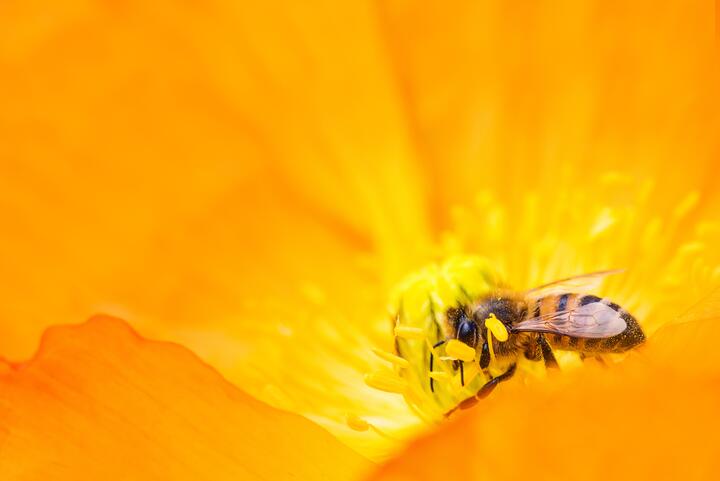 Photo by Kat Smith on pexels
Photo by Kat Smith on pexelsIn fact, you probably don’t even know the basics about honey bees. They are not as frightened as you might think, and the following facts will teach you the basics about these fascinating flying insects. The Apis genus is native to Eurasia, and the species of honey bee you might see at your local hardware store are actually members of this clade. This genus is the most diverse among its members and includes hundreds of different subspecies.
Honey bees have five eyes. They have two eyes for light and color and three for measuring light. They also vibrate their wings to stay warm and help pollinate flowers. The European honey bee is the most common species, but African bees are also found. You can learn all about the bee’s life history in our list of facts about bees. The European bee was originally from Africa, but it was introduced to the New World by Europeans in the 18th century. Their docile nature has made them a popular subject of science fiction.
The female bee (drone) and the drone bee (the male) are the same species. They have a single job – to lay eggs. Both bees have five eyes, but the ocelli are used for detection. Besides, they use their ocelli to detect light. They also vibrate their wings to stay warm. The European honey bee is a native of Africa, but it was introduced to the New World by the Europeans. Its workers reach a maximum speed of 12 miles when flying to a food source, and can fly up to 20mph when returning with pollen, nectar, and water.
Honey bees are vital for the ecological balance. Their job is to pollinate plants and keep ecosystems healthy. They help maintain an ecological balance and are essential keystone species. Not only do honey bees pollinate plants, but they also provide homes for other animals. They are vital for our environment, and the survival of the species depends on them. With their tireless efforts, we can be assured that our planet will continue to be a more beautiful place to live in.
The queen bee controls the hive’s activities and produces chemicals to guide its behavior. The worker bees are male bees and are also the most important members of the hive, and each hive contains several hundred drones. The drones do not have a stinger and are expelled at the end of the season. However, the queen is responsible for the overall health and well-being of the entire colony.
The worker bee lives approximately 4 weeks in the spring and six months in the winter. They can travel up to six kilometers away from the hive. They are extremely intelligent and can communicate with each other. The sun is the only fixed reference point for bees, and they use it to navigate and communicate. They are able to use a compass, but they can’t see red and are highly sensitive to ultraviolet light.
The honeybee is the only species of bee that lives outside of a human’s body. Their complex social structure makes it the only animal in the world with such a complex organization. There are three kinds of bees in a hive: the queen bee spends most of her life in the hive, the workers take care of the baby bees, and the queen bees, the solitary bee.
Honey bees are important to our ecosystem. Their actions in pollinating the plants in our world are crucial for the health of our environment. Because of this, bees are an essential part of the ecosystem and play an important role in preserving and restoring the balance of the environment. They also serve as an important keystone species in our ecological system, as they pollinate flora and help other animals find food.
A bee’s wings beat up to 11,000 times a minute. Its wing beat is 183 times faster than a human’s heart. The bee’s wings also vibrate in order to keep warm. In addition to being an essential part of our ecosystem, honey bees are also essential for human survival. They pollinate one-third of the world’s crops. This makes them an essential keystone species.
- WildlifeInteresting Facts About Hermit Crabs
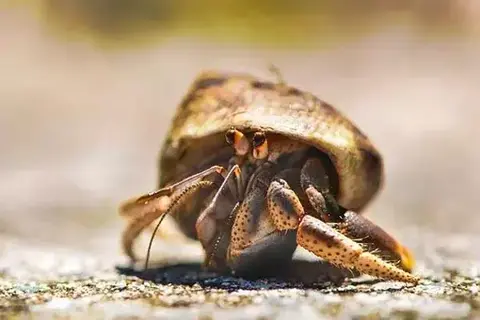
- BirdsCan Pelicans Fly?By Noah Young

- WildlifeWhat Do Antelopes Eat?By Camilo Walker
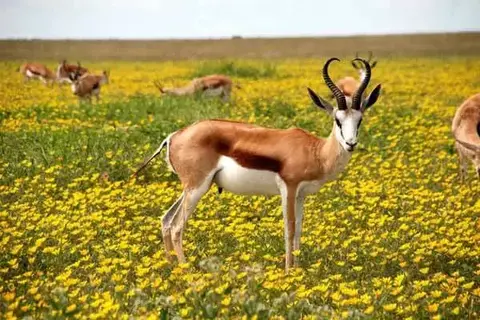
- WildlifeTop 10 Most Dangerous Animals In The WorldBy Amelia B
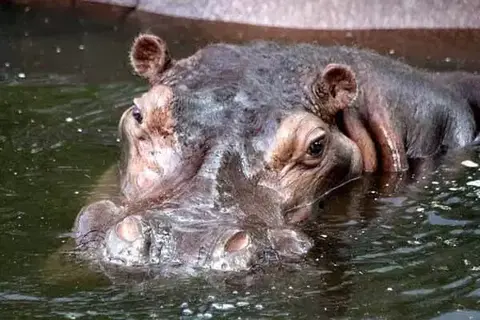
- WildlifeWhat Do Lions Eat In The Wild And In The Zoo?By Noah Young

- WildlifeTypes Of Lemurs In MadagascarBy Murphy Scott
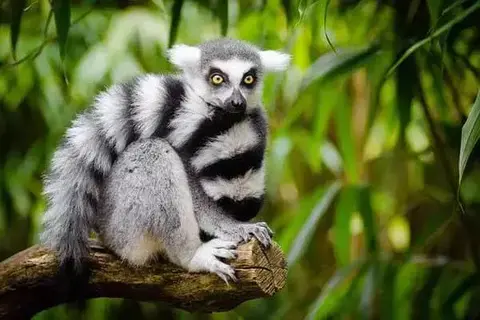
- DogsHeal Your Allergic Dog The Natural WayBy Lucas Torres

- Rodents50 Interesting And Amazing Facts About HedgehogsBy Evelyn Star

- InsectsWhat Do Dragonflies Eat?By Charlotte Green
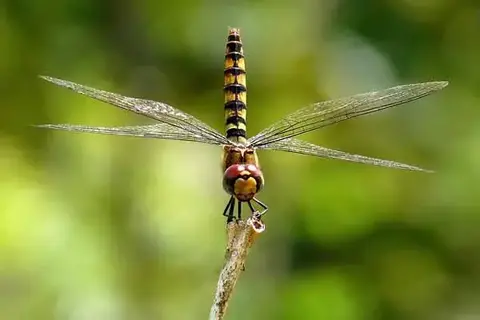
- WildlifeAmazing Facts About A StarfishBy Nolan Foster
